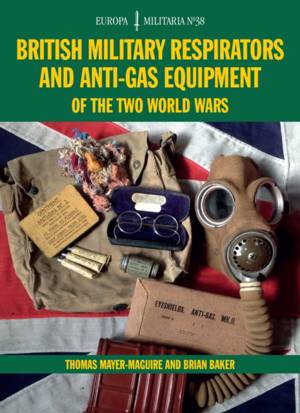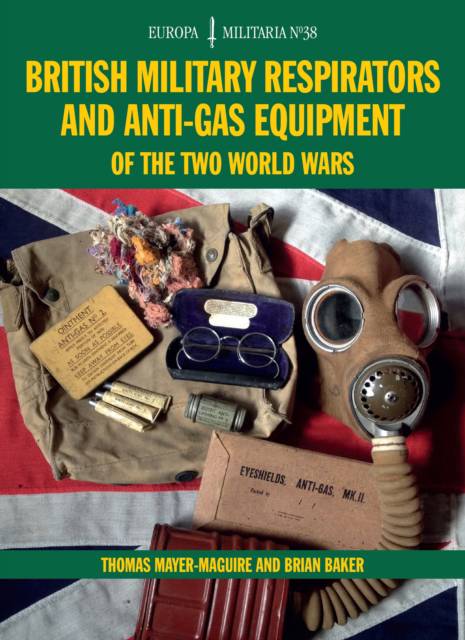
Je cadeautjes zeker op tijd in huis hebben voor de feestdagen? Kom langs in onze winkels en vind het perfecte geschenk!
- Afhalen na 1 uur in een winkel met voorraad
- Gratis thuislevering in België vanaf € 30
- Ruim aanbod met 7 miljoen producten
Je cadeautjes zeker op tijd in huis hebben voor de feestdagen? Kom langs in onze winkels en vind het perfecte geschenk!
- Afhalen na 1 uur in een winkel met voorraad
- Gratis thuislevering in België vanaf € 30
- Ruim aanbod met 7 miljoen producten
Zoeken
Em38 British Military Respirators and Anti-Gas Equipment of the Two World Wars
Thomas Mayer-Maguire, Brian Baker
€ 16,45
+ 32 punten
Omschrijving
Poison gas was one of the most fearful weapons of its day and added a terrifying new dimension to modern warfare. In 1915, the only item a soldier had to protect himself from the harmful effects of gas was a shell dressing, soaked in his own urine and then tied around his face. By 1918, the British Army had developed a range of innovative protection methods that heralded the birth of the modern day military respirator.Throughout both World Wars, Great Britain led the way in developing anti-gas technologies. Today, items such as respirators and anti-gas equipment are highly sought after by the enthusiast. What the collector lacks is information and reference photographs of such items, and he also has little information available to him on topics such as preservation, manufacturer details and safety aspects of handling these items. This book aims to provide a useful, full-colour reference guide for the discerning collector and for all students of militaria, as well as providing a brief history of the development of gas warfare and equipment.
Specificaties
Betrokkenen
- Auteur(s):
- Uitgeverij:
Inhoud
- Aantal bladzijden:
- 64
- Taal:
- Engels
- Reeks:
Eigenschappen
- Productcode (EAN):
- 9781847978875
- Verschijningsdatum:
- 1/10/2015
- Uitvoering:
- Paperback
- Formaat:
- Trade paperback (VS)
- Afmetingen:
- 188 mm x 254 mm
- Gewicht:
- 204 g

Alleen bij Standaard Boekhandel
+ 32 punten op je klantenkaart van Standaard Boekhandel
Beoordelingen
We publiceren alleen reviews die voldoen aan de voorwaarden voor reviews. Bekijk onze voorwaarden voor reviews.









